
Goguryeo Blacksmith Village: an immersive experience of Goguryeo
May 23rd, 2025
The Goguryeo Blacksmith Village is a unique cultural experience that immerses visitors in the traditional practices of blacksmithing during the Goguryeo Kingdom era (37 BCE–668 CE). It is situated in Seoul, at the foot of Achasan Mountain, where the Goguryeo Achasan Fortress once stood.
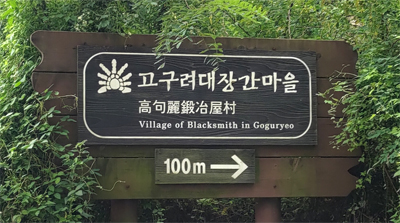
The Goguryeo Blacksmith Village opened in 2008 as part of efforts to preserve and promote the cultural heritage of Goguryeo.
Goguryeo was one of the Three Kingdoms of Ancient Korea renowned not only for its formidable military but also for its exceptional iron-making skills. Some referred to it as Land of Steel. The blacksmiths of the era played a crucial role in the kingdom's success, crafting advanced weaponry, including swords, armor, and various metal tools.
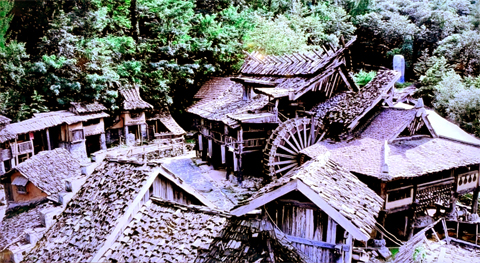
The Goguryeo Blacksmith Village strives to recreate the environment of skilled artisans who worked with iron and other metals.
It is not just a historical museum; it is an active workshop where visitors can participate in experiences related to blacksmithing. For example, you can watch artisans demonstrating ancient forging techniques, showcasing the processes of shaping and hardening iron. That’s really interesting because it provides insights not only into the tools used but also into the methods employed in weapon-making.
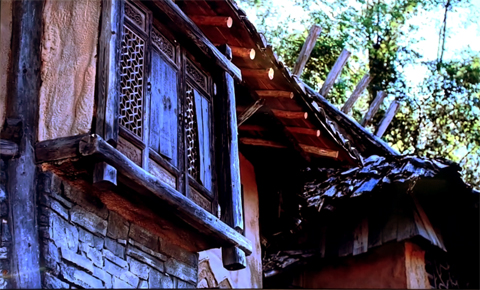
Sometimes, there are performances or exhibitions related to Goguryeo culture, such as traditional music and historical reenactments. And it is possible to try your hand at forging and make your own small item. (I had a similar learning experience at the Viking Ship Museum in Roskilde as part of research for my book Raven Boy. Back then, I crafted a silver coin featuring a Viking ship for myself ;-) It was fascinating!)
The village is designed to resemble a traditional workshop, with materials and structures that replicate the aesthetic of the Goguryeo period. This experience provides an immersive opportunity to travel back in time and appreciate the artistry and labor that went into blacksmithing centuries ago.
Next to the entrance of the village, there is a museum that showcases items from the Goguryeo period, which were discovered in the ruins of the fortress. The exhibits include Goguryeo weapons, as well as various agricultural and industrial tools, pots, and bowls, with detailed historical explanations.
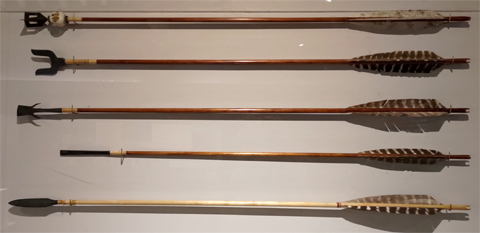
I absolutely loved the arrows, as well as the comprehensive explanation of the horse riding gear (as it was depicted on mural paintings): bridles and reins, saddles and stirrups, but also decorative bells, belts, and ornaments that skillfully combined leather straps with metallic components.

The location of the Village is great—it's far enough from all the bustling tourist districts and is surrounded by nature. From there, you can hike to the ruins of the Achasan Fortress, where archaeological research is currently being conducted.
Achasan Fortress was excavated in the late 1990s, together with numerous relics from the Goguryeo period. The Han River valley and surrounding mountains made the region very due to its waterway connection to China. Thus, the Three Kingdoms fought fiercely to control this strategic area. Several fortresses were built on the surrounding hills. Achasan Fortress, in particular, served as a significant strategic point, as it overlooks not only the river and southern approaches but also key land routes.

It is still unclear which kingdom built the Achasan Fortress. Apparently, it had been used by each of the Three Kingdoms in turns. The remaining sections of the fortress wall and the facilities inside are believed to have been made during the Silla Period after the 7th century. Samguk-Sagi (one of the few available written sources about that period) says that Baekje’s king ordered his men to repair the Fortress in 289. However, in 396 King Gwanggaeto the Great of Goguryeo took it over and used it as a defense base for 76 years.
Two tragic stories are associated with Achasan Fortress. The first recounts that King Gaero of the Baekje dynasty was killed there in 475 after Goguryeo occupied Baekje's capital. The second story tells that Goguryeo’s General Ondal was killed by an arrow beneath the walls of Achasan Fortress while fighting against Silla to reclaim Goguryeo's southern territories that Silla had occupied. This second story is challenged by some: Ondal is said to have promised King Yeongyang that he would not return until he reconquered land west of Jukryong, which appears to correspond more closely to the region of Danyang than to Achasan Mountain.
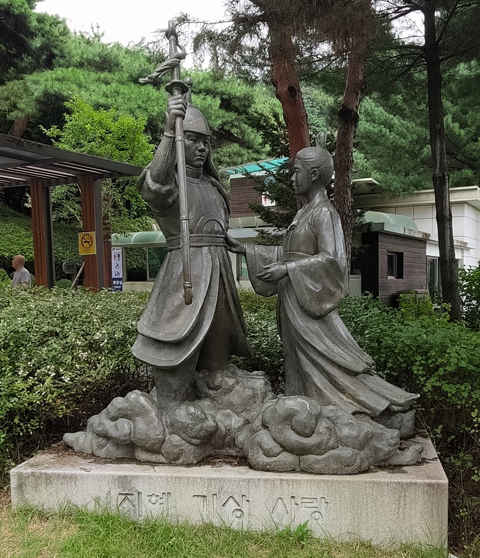
(The monument to Ondal and Princess Pyeonggang)
If you enjoy a nice hiking experience combined with historical discoveries, consider exploring both the Goguryeo Blacksmith Village and Achasan Mountain. You can finish your hike in a splendid park with water lilies on the opposite side of the mountain.
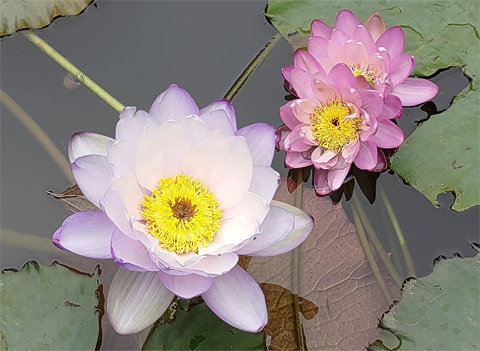
__________
Categories: My trip to South Korea, Research & Extras, Miscellaneous